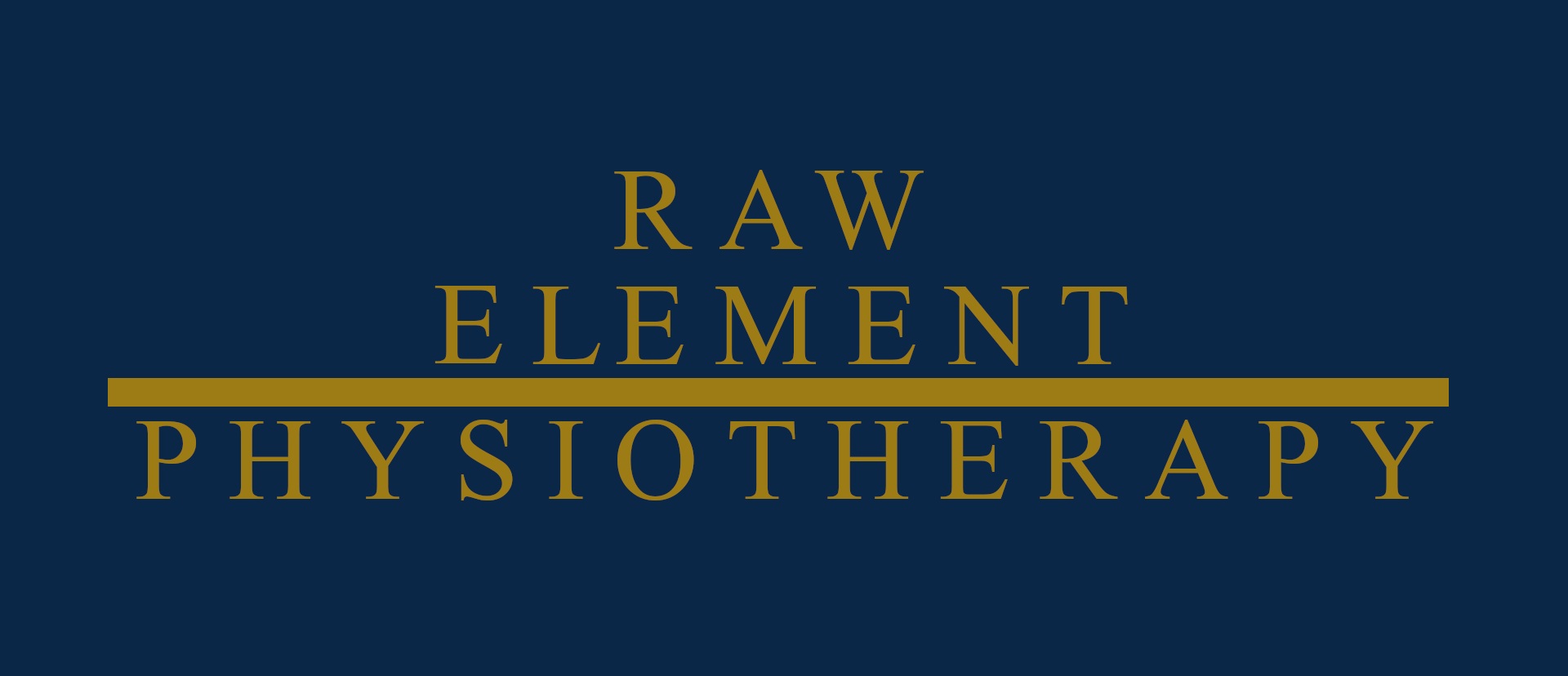Posterior Impingement
Do you experience pain in the back of your heel when you rise onto a demi-pointe or after landing your grand jeté?
If the answer is yes, then this is a MUST READ POST!!!
Firstly, what are the structures involved? It’s either soft tissue or bony!!!
1. Tendinopathy: Achilles, Tibialis Posterior or Flexor Hallucis Longus (FHL) are the main possibilities. Changes to a tendon may occur as a result of an accumulation of repetitive load or a sudden spike in your training volume. This can stress the tendon and cause a reactive response in the acute situation.
2. Retro-calcaneal Bursitis: This little fluid filled sac can become irritated and inflamed and results in discomfort when compressed. Its location is between the achilles and the calcaneus.
3 Bony / Structural: An Os trigonum is an accessory bone found at the back of the ankle, which can be formed as a result of repetitive end of range plantar flexion (Pointing your foot/ demi pointe).
Risk Factors for developing POSTERIOR ANKLE IMPINGEMENT!!!
1. Non Optimal Relevé
Gripping of the toes: Not only is this counter productive as it reduces the surface area during a relevé, it shows a sign of tight intrinsics ( Muscles under the sole of the foot). If the toes can't lengthen, this creates a conflict between the extrinsic muscles (Gastrocs/ Soleus etc) and thus, they become overworked, tight and we lose flexibility at the back of the ankle, which can result in irritation to the achilles or retrocalcaneal bursa, for example.
Lifting too high in a relievé: The more you are on your "Tippy Toes", the less stable you are and the more compensatory effort required, to stabilize you. More effort results in more fatigue and possible strain.
A relevé that isn't quite high enough, also puts the calf at a biomechanical disadvantage when it comes to recruitment.
2. Acute spike in Training Volume
This can occur when adjusting to Full Time hours, prepping for an eisteddfod or Mid / End of year Showcase etc . A sudden change in hours, or the type of training, can all predispose structures to vulnerability.
3. Technique Flaws
Pushing over the big toe during tendus can irritate the FHL (Flexor Hallucis Longus)
Reduced eccentric control of soleus when landing jumps can also increase the force on the ankle structures
4. Foot Specific
A hypermobile foot, with reduced foot strength and control can predispose the body to overuse
A Pes Cavus Foot ( High arch ) , can reduce shock absorption during jumps
Overpronation of the foot in standing also disrupts the tripod, which reduces the spread of load across the sole of the foot.
Treatment to address POSTERIOR IMPINGEMENT !!!
1. First of all you need a clear diagnosis of what requires intervention. Is it a soft tissue issue or bony one? Appropriate imaging may need to be performed and recommended by your physiotherapist, if concrete answers remain unclear.
2. What exactly is the cause? Is it a strength deficit, motor control or mobility issue etc
3. Careful analysis of a dancers relievé and en pointe can provide helpful insight to a possible driver of irritation
4. Evidence highlights that Manual Therapy can be useful to optimise foot and ankle mechanics. These techniques can include massage, dry needling or joint mobilisation and can be performed higher up the kinetic chain ( Pelvis / Spine ) etc.
5. Sport specific exercises: For example a ballet dancer will need drills to ensure their allegro is performed correctly and their landings are pristine. Their volume needs to also be managed and gradually reintroduced to ensure a graded return to a normal training load.
6. Lumbopelvic mechanics may need to be addressed. How is their control with a single leg squat or pirouette en pointe?
7. Further investigation may be required if conservative treatment does not seem to be significantly helping. This is where a Cortisone may be appropriate or an appointment with a Sports Doc, but this is all case dependent.

